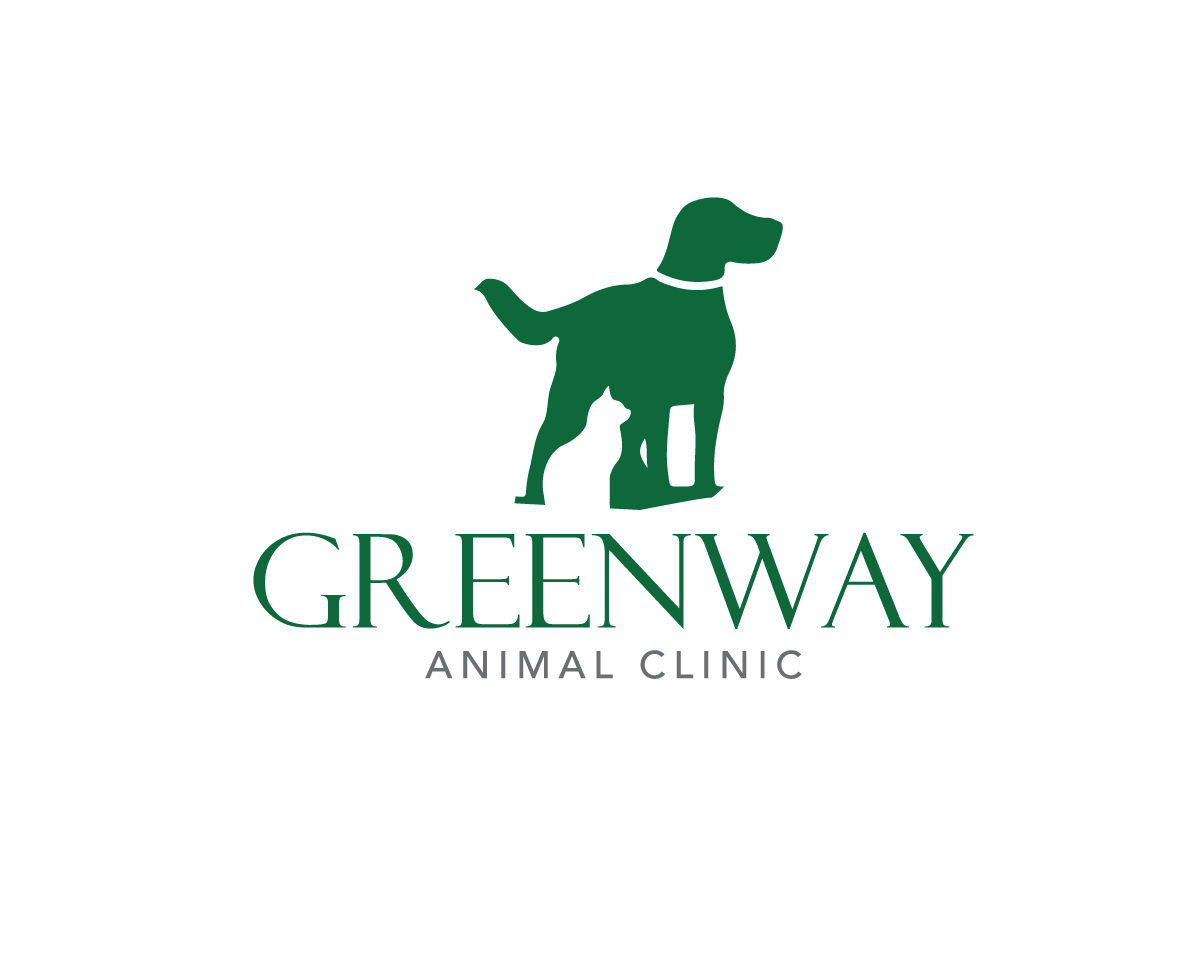Pet Health Library
-
As with all other animals, birds need a proper balance of carbohydrates, proteins, fats, vitamins, minerals and water. Different species of birds often require different foods.
-
As with all other animals, birds need a proper balance of carbohydrates, proteins, fats, vitamins, minerals and water. Different species of birds often require different foods.
-
As with all other animals, birds need a proper balance of carbohydrates, proteins, fats, vitamins, minerals and water. Different species of birds often require different foods.
-
There is a lot of information available about diets for pet birds and as time goes on, our knowledge continues to improve. This is due to heightened awareness of the importance of nutrition plus increased research involving pets and wild birds.
-
Feeding your cat the appropriate amount of a well-balanced diet is vital to the maintenance of overall health and well being. Cats have unique nutritional requirements and eating behaviors that evolve throughout their lives.
-
In the wild, the ferret is a “whole carcase” feeder. It is an obligate carnivore with a very short gut and so is unable to deal with much, if any, fibre or carbohydrate in the diet.
-
In the wild rabbits spend many hours chewing grass. This is a tough fibrous material that also contains abrasive silicates.
-
Pet rodents can be fed a good, high quality rodent chow (pelleted food) available at pet stores.
-
Unlike most pets, snakes eat whole prey items including mice, rats and hamsters. Larger snakes will also eat whole rabbits.
-
Feline chlamydiosis is caused by a bacterium-like organism. Because chlamydia lives inside cells of the body and is not able to survive for long in the environment, spread of infection relies on direct or close contact with an infected cat. The bacterium primarily infects the conjunctiva (the delicate membrane lining the eyelids and covering the edges of the eyeballs) causing inflammation (conjunctivitis). Since chlamydia is a bacterial infection, it can be successfully treated with a course of oral antibiotics.

